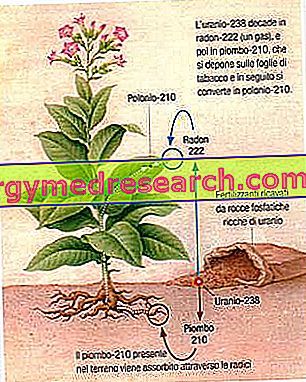
From the chromatic and metabolic point of view, the so-called beige (light brown) adipose tissue is more or less halfway between white adipose tissue (WAT) and brown adipose tissue (BAT).
Let us briefly recall that white (or yellow) adipose tissue is involved in the storage of lipids as an energy reserve, while brown adipose tissue (much rarer in humans) burns fat to produce heat . For this reason, the possibility of stimulating brown adipose tissue represents a potential solution to the problem of overweight and obesity, but also to that of type 2 diabetes and the metabolic syndrome
The difference in color between the two types of adipose tissue depends on the different concentration of mitochondria and blood vessels, much more abundant in brown than in white.
Recently, alongside these two classic types of adipose tissue, a third emerged, represented precisely by the beige adipose tissue . The latter is dispersed among the white adipocytes, to which it resembles for the low concentration of the mitochondrial protein UCP1 (responsible for the conversion of lipids into thermal energy); however, like the brown one, the beige adipose tissue responds to the stimulating action of the cyclic AMP increasing UCP1 activity and mitochondrial respiration. It is therefore a fatty tissue easily adaptable to energy dissipation .
The beige adipose tissue concentrates above all on the supraclavicular level.
The cells of beige adipose tissue have a different gene expression than the other two types of adipose tissue and are preferentially sensitive to the irisin polypeptide hormone. Similar to the brown ones, their activity is stimulated by cold, sympathetic stimulation and natriuretic peptides; the main difference between the two types of adipose tissue (brown and beige) lies in the fact that the former is rich in UCP-1 already in basal conditions, while the latter is enriched with this protein only in response to certain stimuli.



